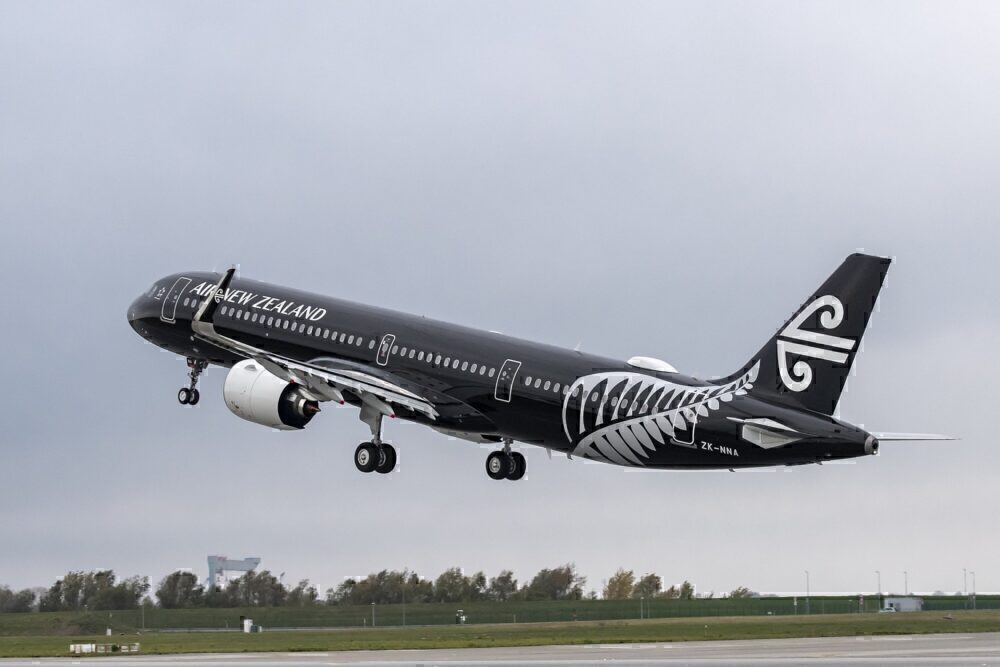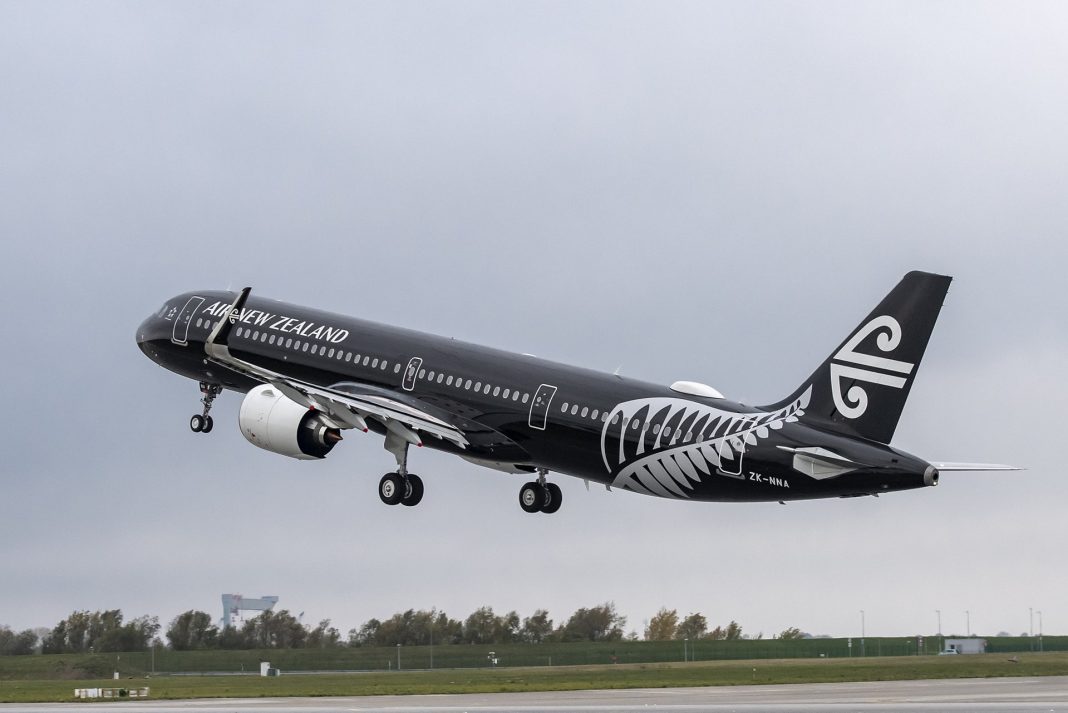With the New Zealand Government giving a travel bubble between New Zealand and Australia the thumbs up for early next year, Air New Zealand plans to step up its services across the Tasman. As part of that, the airline this week announced they’d bring 175 furloughed A320 cabin crew back to work.

It’s welcome news for everybody. By the start of November, Air New Zealand had retrenched more than 4,000 workers. More than 1,000 others had also taken a voluntary period of leave without pay or worked reduced hours. Some of those are now coming back to work.
Stay informed: Sign up for our daily aviation news digest.
A couple of travel bubbles poised to start
It’s not just a travel bubble with Australia that’s in the offing. New Zealand is allowing people to fly to and from the neighboring Cook Islands from March.
Approximately 80,000 Cook Islanders live in New Zealand (in contrast, less than 20,000 Cook Islanders actually live on the Cook Islands). In a normal year, around 103,000 people fly between the two countries. Air New Zealand provides the key international link in and out of the Cook Islands.
Around 670,000 New Zealanders (or about 15% of that country’s population) live in Australia, and 70,000 odd Aussies live in New Zealand. In 2019, over 7.8 million people flew back and forth across the Tasman. Air New Zealand carried over 36% of those travelers in 2019, making it a very tasty piece of business for the airline.

A320 Crew back onboard and undergoing refresher training
Despite border restrictions in Australia and New Zealand, Air New Zealand has persisted with trans-Tasman flights throughout 2019. Almost 70% of Air New Zealand’s revenue is derived from international flying, and that’s taken a big hit this year. However, Air New Zealand CEO, Greg Foran, has talked about the need to maintain a strategic presence throughout the Pacific this year.
The A320 cabin crew have been furloughed since June. While any significant uptick in flights between New Zealand and the Cook Islands and New Zealand and Australia are still a couple of months away, the crew will undergo refresher training in the meantime.
“We know these crew are really keen to get back onboard, so it’s been heartwarming to make these phone calls before Christmas,” Air New Zealand general manager of cabin crew Leeanne Langridge was quoted saying in The New Zealand Herald on Thursday.
One of New Zealand’s provisos for the travel bubble with Australia going ahead was 28 days without COVID-19 community transmission. That was sailing along nicely until the last 48 hours when a cluster emerged on Sydney’s northern beaches peninsula. There are now a handful of cases. It’s thought the strain may have come in via airline crew, with a large number of airline crew living along the northern beaches.

Some bright spots on Air New Zealand’s radar
Meanwhile, there are a couple of other bright spots on the radar for Air New Zealand. Domestic leisure and business pre-Christmas demand is higher than the airline expected, causing it to swap out many of its A320 domestic aircraft for bigger A321 planes. In November, Air New Zealand added an extra 26,000 seats to its domestic network. This month, a further 16,000 seats are getting added.
Freight flights out of New Zealand are also humming. Among other things, over the northern summer, the airline is flying one million kilograms of lamb to the United Kingdom, two and a half million kilograms of cherries to Asia (or the equivalent of 21 Dreamliners), and over half a million kilograms of blueberries to Australia.
If the travel bubbles commence early next year without a hitch, it will be another win for Air New Zealand and its employees.
[ad_2]
Source link


